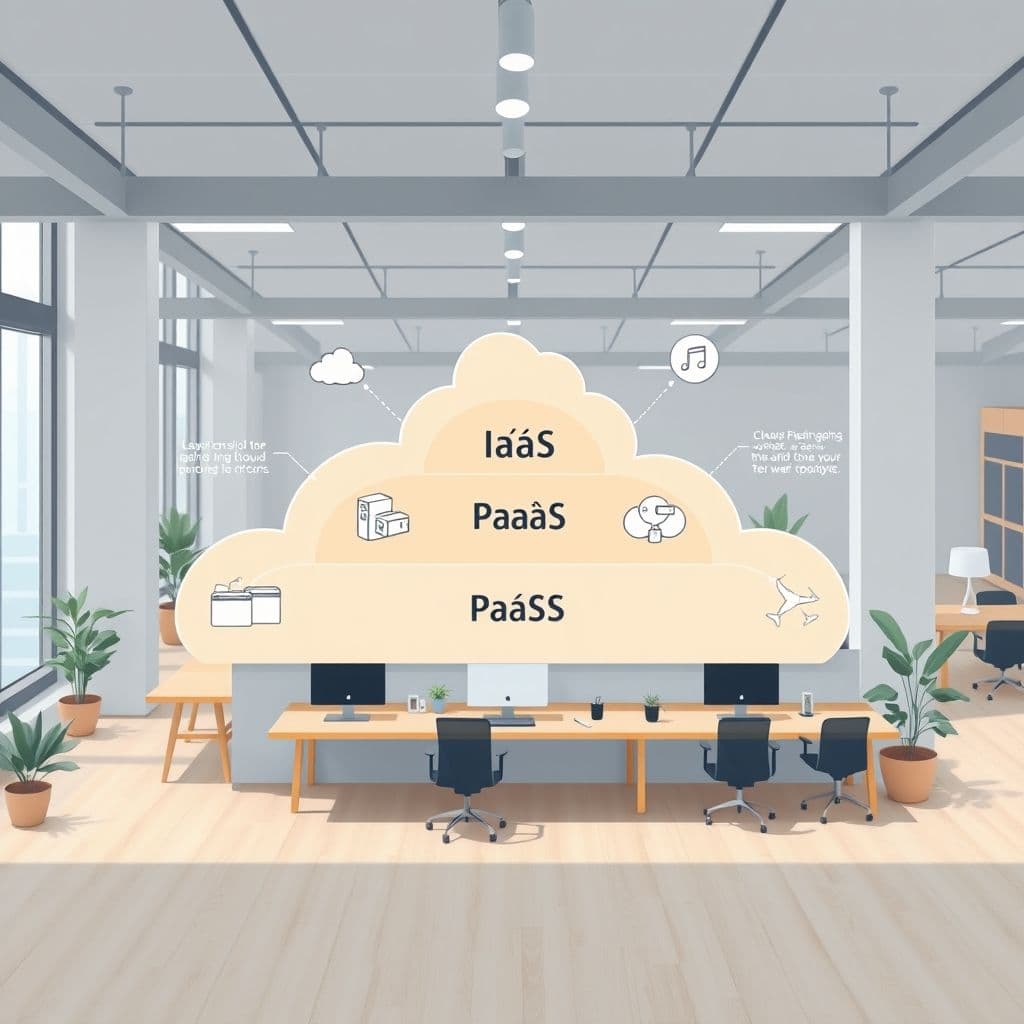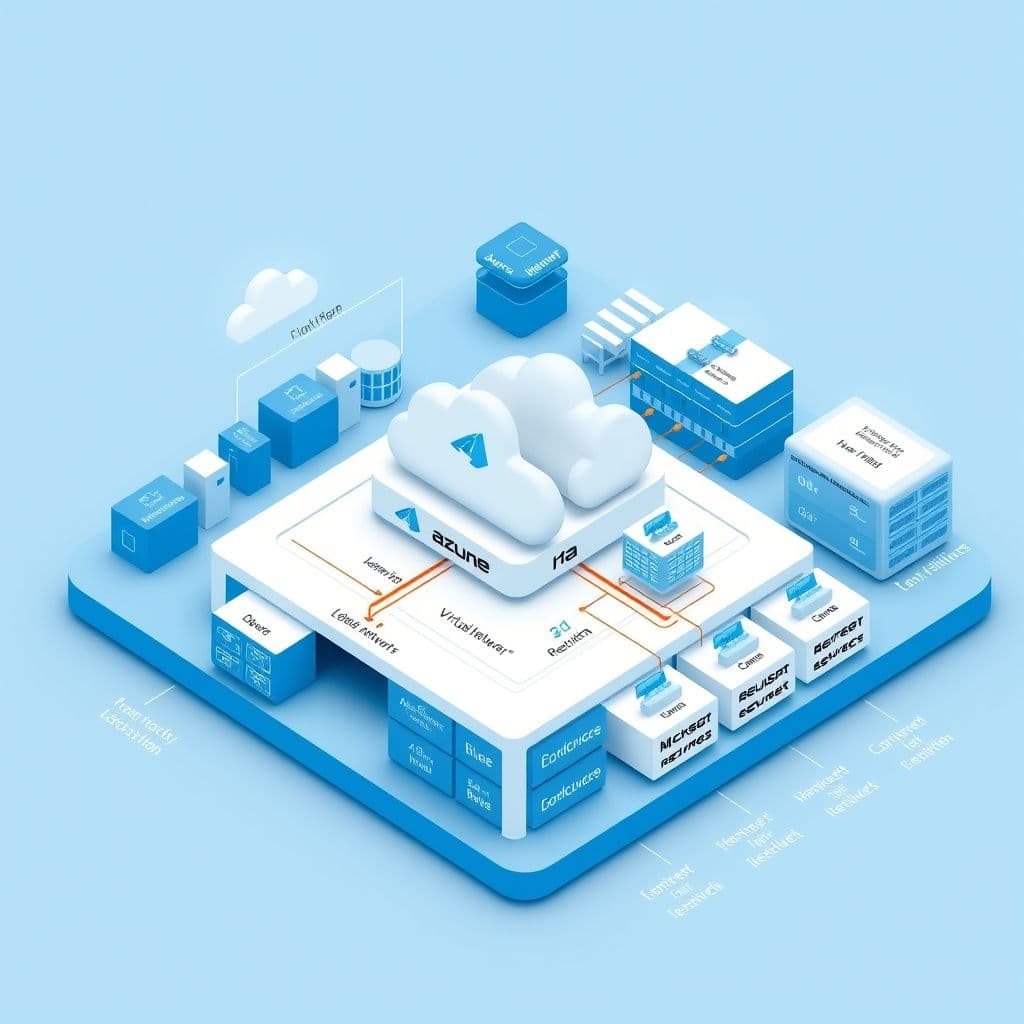Azure with ESI Mastery: A Step-by-Step Guide to Cloud Computing Excellence

Cloud computing is revolutionizing the way businesses operate, and Microsoft Azure stands at the forefront of this transformation. Whether you're a beginner or looking to deepen your expertise, mastering Azure with ESI (Enterprise Scale Implementation) can open doors to endless opportunities. This guide will walk you through every step, from understanding cloud basics to mastering advanced Azure concepts. Let's dive in! View original learning path
Step 1: Understand Cloud Computing
Cloud computing is the delivery of computing services—servers, storage, databases, networking, software, and more—over the internet ('the cloud'). It offers faster innovation, flexible resources, and economies of scale. There are three main types of cloud services: Infrastructure as a Service (IaaS), Platform as a Service (PaaS), and Software as a Service (SaaS). Each serves different business needs, from hosting websites to running complex applications. While cloud computing provides scalability and cost-efficiency, it also comes with challenges like security concerns and potential downtime. Understanding these pros and cons is crucial for making informed decisions.

Step 2: Learn Azure Fundamentals
Microsoft Azure is a leading cloud platform offering over 200 services. Start by exploring Azure's core components: subscriptions, management groups, and resource groups. Subscriptions help organize billing and access, while management groups streamline governance. Resource groups are logical containers for Azure resources. Key services include Virtual Networks for secure communication, Storage Accounts for data, Virtual Machines for computing power, and App Services for web applications. Don't overlook Azure's Identity and Access Management (IAM) and security features, which are vital for protecting your cloud environment.
Step 3: Explore Azure Infrastructure
Azure's infrastructure is designed for high availability and scalability. Regions and Availability Zones ensure your applications are resilient to failures. Virtual Networks and Subnets allow you to segment and secure your network traffic. Load Balancers distribute incoming traffic to maintain performance, while Virtual Machines and Scale Sets provide flexible computing power. For hybrid cloud scenarios, Virtual Network Gateways and ExpressRoute enable secure connections between on-premises and Azure environments. Traffic Manager optimizes user traffic for global applications.

Step 4: Master Azure Services
Azure offers a vast array of services to meet diverse needs. App Services simplify web app deployment, while Functions enable serverless computing. Logic Apps and Event Grid automate workflows and event-driven processes. For messaging, Service Bus provides reliable communication. Storage options range from Blob Storage to File Storage. Databases like SQL Database and Cosmos DB cater to relational and NoSQL needs. Kubernetes Service (AKS) and Container Instances (ACI) support containerized applications. DevOps tools streamline CI/CD pipelines, and Monitor ensures performance tracking. Security Center and Backup/Site Recovery safeguard your data.
Step 5: Dive into Advanced Azure Concepts
Advanced Azure concepts elevate your expertise. Azure Active Directory (AAD) manages identities, while Key Vault secures sensitive information. Virtual Machine Scale Sets handle fluctuating workloads. API Management and Front Door optimize API delivery and global traffic. CDN accelerates content delivery. Automation scripts reduce manual tasks. ARM Templates and Blueprints standardize deployments, and Policy enforces compliance. Cost Management tools help monitor and optimize spending. Mastering these concepts ensures you can design, deploy, and manage enterprise-scale solutions effectively.
Conclusion
Mastering Azure with ESI is a journey that starts with understanding cloud fundamentals and progresses to deploying complex, scalable solutions. By following these steps, you'll build a solid foundation and gain the skills needed to excel in the cloud computing landscape. Remember, continuous learning and hands-on practice are key to staying ahead in this ever-evolving field.
Frequently Asked Questions
- How long does it take to master Azure with ESI?
- The time varies based on your prior experience and dedication. Typically, it takes several months of consistent study and hands-on practice to become proficient in Azure with ESI.
- What are common mistakes beginners make when learning Azure?
- Beginners often overlook security best practices, fail to organize resources properly, or skip understanding cost management. Starting with a clear plan and focusing on fundamentals can help avoid these pitfalls.
- Is Azure certification necessary for mastering Azure with ESI?
- While not mandatory, Azure certifications validate your skills and can boost your credibility. They also provide structured learning paths that align with industry standards.





